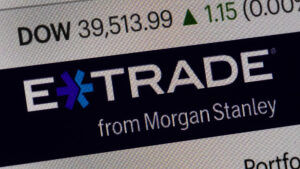RBI MPC Meeting: The Reserve Bank of India (RBI) kept the key policy rate – repo rate- unchanged at 6.5% after the Monetary Policy Committee (MPC) meeting. RBI governor Shaktikanta Das noted that the GDP growth of the Indian economy continues to be strong despite global uncertainties. However, he pointed out that while inflation has been coming down it is still not near the RBI’s comfort level of 4%.
“Monetary policy must continue to be actively disinflationary to align inflation to the target of 4 per cent on a durable basis. The MPC will remain resolute in this commitment. The MPC also decided to remain focused on withdrawal of accommodation to ensure fuller transmission and anchoring of inflation expectations,” Shaktikanta Das said in his monetary policy statement.
Why RBI MPC meeting decided to keep repo rate unchanged
- The MPC noted that domestic economic activity is holding up well and is expected to be backed by the momentum in investment demand, optimistic business sentiments and rising consumer confidence.
- On the inflation front, large and repetitive food price shocks are interrupting the pace of disinflation that is led by the moderation of core inflation.
- Geopolitical events and their impact on supply chains, and volatility in international financial markets and commodity prices are key sources of upside risks to inflation.
- The cumulative effect of policy repo rate increases is still working its way through the economy. The MPC will carefully monitor any signs of generalisation of food price pressures to non-food prices which can fritter away the gains in the easing of core inflation.
- As the path of disinflation needs to be sustained, the MPC decided to keep the policy repo rate unchanged at 6.50 per cent in this meeting.
“Monetary policy must continue to be actively disinflationary to ensure anchoring of inflation expectations and fuller transmission. The MPC will remain resolute in its commitment to aligning inflation to the target,” the statement said.“The global economy continues to present a mixed picture. On the one hand, the odds of soft-landing have increased with inflation moving closer to the target and growth holding up better than expected in major advanced and emerging market economies. On the other hand, the ongoing wars and conflicts and the emergence of new flashpoints in different parts of the world, with disruptions in the Red Sea being the latest in the series, impart uncertainty to the global macroeconomic outlook.” Shaktikanta Das said.










